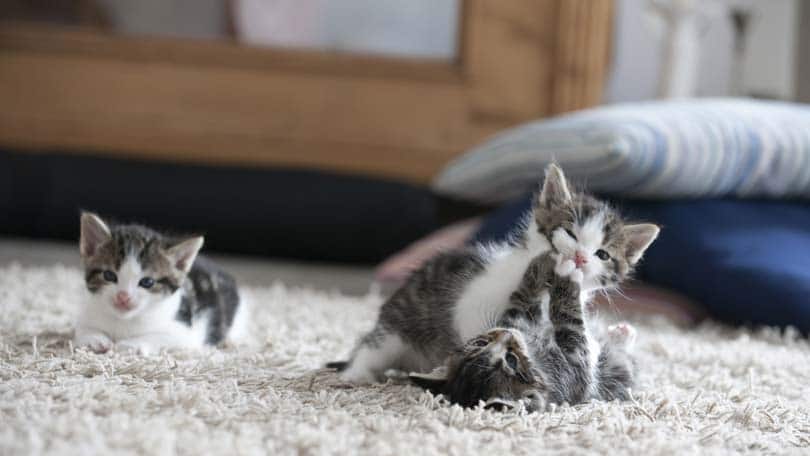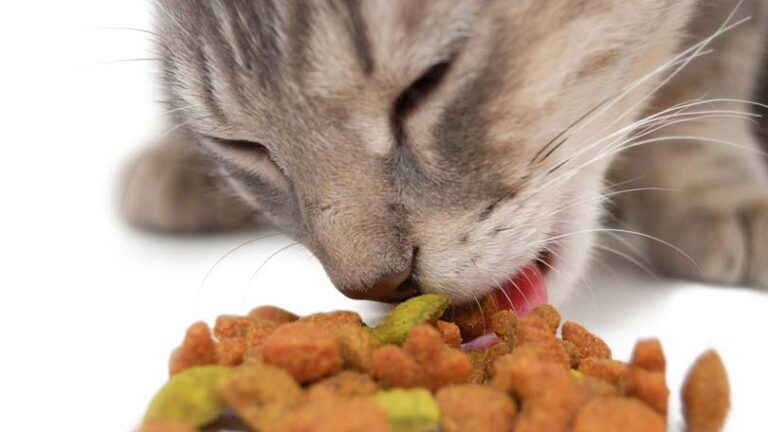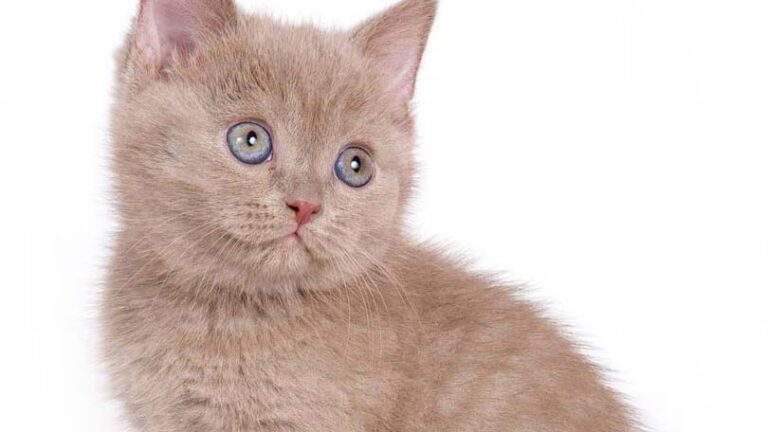Preventing Aggression In Kittens
Cats have two lines of defense – their nails and their teeth. A cat also has the power to send an allergic person into a fit of sneezes with his saliva if you want to count that as a third! But the main concern when we talk about preventing aggression in kittens is biting and scratching.
Examples of Aggression
Aggression can be displayed in excessive fighting and hunting of the other kittens and other cats in the house, especially when the kitten doesn’t know when to stop and the fighting gets to the point where blood is drawn. Kittens can also be aggressive with humans. If your kitten digs her claws into the arms of people who try to hold her, or bites her fingers in an attempt to get free, this is a sign of aggression. In other cases, cats will stalk humans as they walk around the house and attack their feet because they love to chase a moving target. Some kittens will also growl and hiss at humans, which is not a normal, healthy behavior at that age or beyond.
How Does It Develop in Kittens?
Kittens are aggressive by nature, just like their counterparts in the wild: lions and tigers. When a kitten is first born, his instincts tell him to hunt and sharpen his fighting skills. He does this mostly with his brothers and sisters. The mother cat will often fight and play with the kitten to teach him techniques.
But there are times when that innocent fighting can get serious and a kitten will take things too far with his sparring partners. Some kittens are extremely excited about play time and can’t understand when a line is being crossed – as far as they are concerned they are just playing.
Kittens can also become aggressive due to people. When a human plays with a kitten too roughly, such as fighting her with a hand or allowing her to bite and scratch without punishment, that kitten will start to believe that that is acceptable behavior. Teasing is also detrimental to a young cat. It can create long term negative psychological effects that will last a lifetime.
Usually, kittens will grow out of instinctual aggressive behavior because they are constantly put in check by the mother, its siblings, or another older cat in the house. The other cat will swat, growl, hiss, or puff out his back to let the rambunctious kitten know that it’s time to stop. This correction tells the kitten “okay, that’s the line, don’t cross it.” It’s all about limitations – if a kitten does not learn from a young age where the limitations are when play fighting with both humans and other cats, he is likely to grow into a mean, aggressive and pretty scary cat.
Breed
Keep in mind that some breeds of cats are more aggressive than others. For instance, Siamese cats have been known to be more forceful and dominating as compared to Maine Coon cats, which are very calm natured. So if you want to avoid problems with a potentially hostile cat, you should look into the breed profile of a cat that you want to buy first. If you’re not into breeds and you’d prefer to take in stray kittens, mixed breed cats (also called mutts) are usually more laid back and easier to tame.
Steps in Preventing Aggression in Kittens
Aggressive behaviors can start manifesting at just five weeks of age, so you have to be proactive about recognizing and correcting these issues as soon as you notice them. If you want to prevent a kitten from growing into a surly cat, the best time to start is at the first sign of a problem. You will really start to see serious signs of aggressiveness in a cat at four to six months old.
First, take a moment to observe the aggressive kitten when she’s play fighting and see if the other cats are correcting her. Watch her behavior and see what happens when she starts to take it too far. Does the other cat try to stop her? Does the other cat growl or try to push the cat away, but the behavior persists? If so, you may have to step in to stop it.
A simple loud hand clap will usually startle the kitten and cause her to bolt from the scene. You can also keep a water spray bottle close by. When you see the kitten continuing the fight after the other cat is finished, covertly spray her a couple of times. Don’t let her see you do it. These corrective actions need to be done consistently if you want them to sink in.
If your problem is a kitten who likes to fight with humans, buy him toys to play with instead of your hands. The problem with using your hands to play with your kitten is that he is developing a mentality that it is okay to scratch and bite at human body parts, so when your guests try to pet or pick the cat up he will attack. Stop playing with your cat in this way. If the kitty attacks your hand, immediately stop him and say “no!” firmly. Cats are very impressionable – don’t give the kitten any idea that you are a part of the “game.”
Sometimes the best way to abate an aggressive kitten is to set aside play time with him. Use a dangling toy and allow him to attack it. After a while, let the cat catch the toy and “kill” it. Use plenty of vocal cues to let the cat know that he is doing a great job. “It’s dead!” That satisfies his inner need to hunt, capture, and kill. Be sure to reward your kitty with treats and positive reinforcement afterwards.
It is never a good idea to hit a kitten or cat as a correction or punishment. You would be fighting aggression with more aggression—does that make sense? No, and it will probably just make the problem worse. Also, declawing as a way of preventing aggression in kittens is never a good solution. Declawing a cat is inhumane and negatively affects the cat psychologically by robbing him of his main defense mechanism. Many veterinarians will not even perform this cruel surgery.
Does Separation Work?
Some people think that isolating a kitten is a great way to cure an aggression problem. In truth, it only gets the cat even more riled up and anxious to get out and terrorize the others. The cat may grow to resent the time being locked up and retaliate with even more ferociousness. For that reason, it is suggested that you allow the cats to roam around together and interact whenever possible. After a fight is broken up, the cats will usually go their separate ways anyway. It is up to you to keep an eye on them, prevent fights before they even start, and do what you can to keep the cats occupied and away from each other.

Having discovered a fondness for insects while pursuing her degree in Biology, Randi Jones was quite bugged to know that people usually dismissed these little creatures as “creepy-crawlies”.







